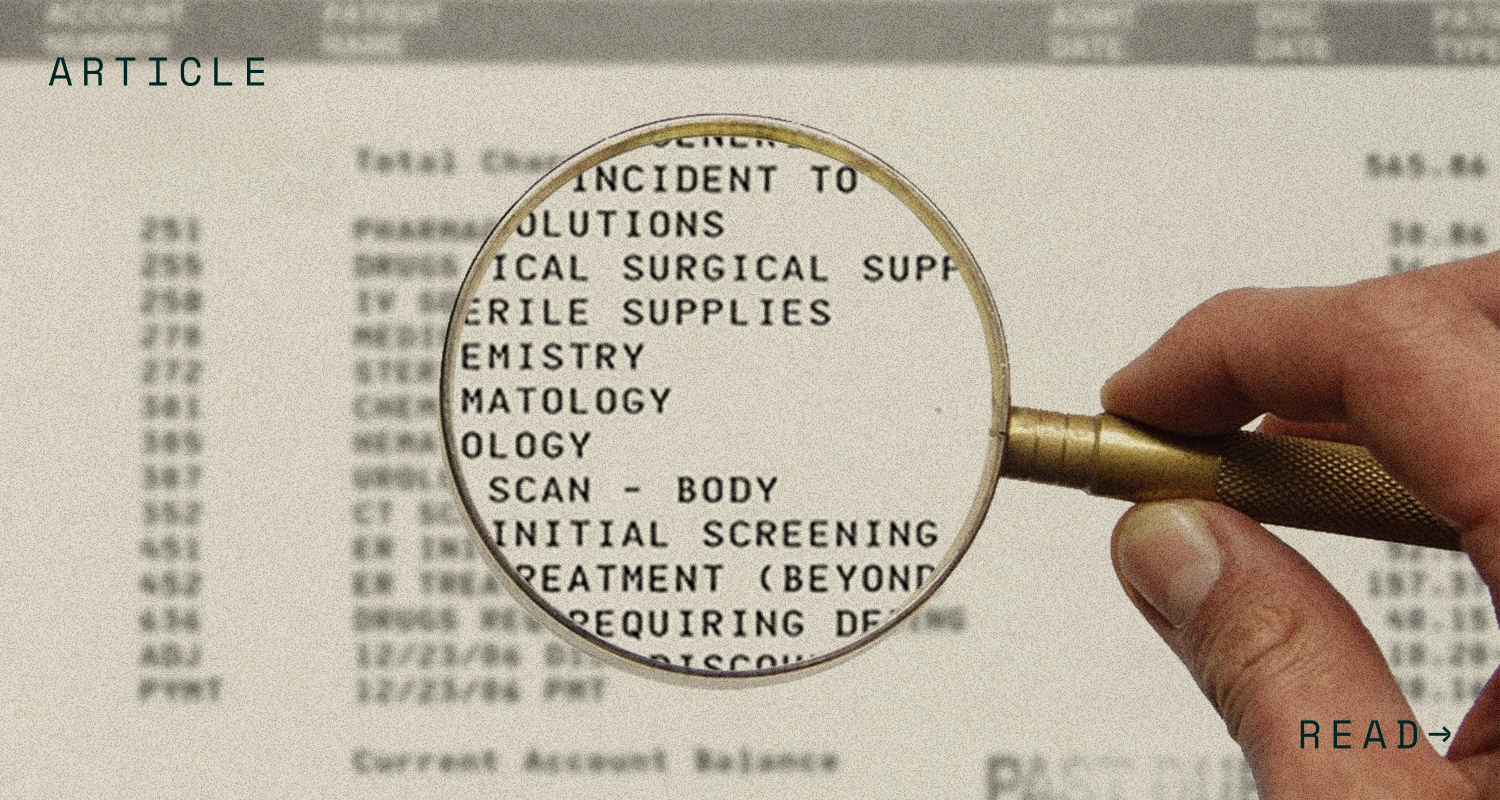Recently, United Healthcare and its affiliates agreed to pay more than $15.6 million to settle alleged violations of the Mental Health Parity and Addiction Equity Act of 2008 (MHPAEA or the Act) brought by the Department of Labor (DOL), the New York Attorney General (NYAG), and individual plaintiffs. This lawsuit, in conjunction with a recent amendment to the Act that requires plans to conduct a comparative analysis documenting compliance, signals increased DOL enforcement of the Act. Further, a proposal to the 2022 federal budget includes a provision that would provide the DOL with the authority to impose civil monetary penalties against insurers and plan sponsors for violations of the Act, if passed.
Given these new developments in MHPAEA enforcement, employers should consider any actions necessary to ensure compliance with MHPAEA and the new comparative analysis requirements are met. We discuss the recent lawsuit and the implications for employers in more detail below.
Requirements under the MHPAEA
The MHPAEA prohibits certain group health plans from imposing financial requirements (e.g., insurance and copays) or stricter treatment limitations (e.g., frequency of treatment, number of visits, days of coverage, or other similar limits on the scope or duration of treatment) on mental health and substance use disorder (MH/SUD) benefits as compared to medical/surgical benefits. As such, plans and issuers are prohibited from imposing more restrictive non-quantitative treatment limitations (NQTLs) on MH/SUD benefits that may result in MU/SUD claims being reviewed with more scrutiny and more frequently than medical/surgical claims.
DOL’s Allegations of MHPAEA Violations in Walsh
In Walsh v. United Behavioral Health (“Walsh”), the DOL alleged that United Healthcare Insurance Company and United Behavioral Health’s (collectively, “United”) benefit design and delivery of certain fully insured and self-insured employer-sponsored group health plans (who were not part of the lawsuit) violated MHPAEA by imposing more stringent treatment limitations and less favorable reimbursement rates for mental health benefits as compared to medical surgical claims.
Specifically, the DOL alleged the following:
- More Restrictive Reimbursements for Mental Health Benefits: United set policies and adjudicated claims for benefits in such a way that caused plans to systemically reimburse out-of-network mental health services more restrictively than out-of-network medical/surgical services. Specifically, for mental health services, United reduced reimbursement rates for psychologists by 25% and for master level counselors by 35% compared to the rate set for physicians providing the same service. On the other hand, for medical and surgical providers, United reduced reimbursement rates based on licensure only in limited circumstances. This resulted in reduced reimbursement rates for mental health benefits performed by non-physicians but no such reduction in rates for surgical/medical benefits performed by non-physicians.
- Medical Management More Stringently Applied to Mental Health Benefits: United imposed a more stringent outlier management review program for outpatient mental health benefits compared to the program applied to outpatient medical/surgical benefits.
Specifically, United used their system for identifying “unusual treatment patterns” (e.g., high number of visits) disproportionately for mental health care, and in many cases, this system resulted in coverage denials. For instance, the United system would flag an account for further review if a participant or beneficiary received 21 mental health visits within a 6-month period. On the other hand, United did not apply this system to many recurring medical/surgical services and, in general, the system only applied to a limited subset of medical/surgical services. - Deficient Disclosures: United’s disclosures to plans, plan participants, and beneficiaries about MHPAEA were insufficient. Specifically, the disclosures did not include information on the reimbursement rate reduction or the use of outlier management, discussed above. Further, United did not provide sufficient disclosure to participants who requested individualized information about how an NQTL was applied to their benefits.
The DOL argued that many participants and beneficiaries did not receive the mental health benefits to which they were entitled as result of United’s MHPAEA violations. As such, United breached its fiduciary duties of loyalty and prudence and its duty to administer the plans in accordance with ERISA.
While the DOL has the power to prosecute claims against fiduciaries who breach their duties, this case marks the first time the DOL has initiated litigation against an insurer, health plan, or administrative service provider for non-compliance with MHPAEA since the law was passed 13 years ago.
Settlement of Walsh
The NYAG and individual plaintiffs also filed lawsuits against United and its affiliates for the reimbursement and medical management practices outlined by the DOL.
To settle the case, United and its affiliates agreed to pay more than $15.6 million to settle allegations of non-compliance. United agreed to pay $2.5 million to resolve claims by the DOL, $1.1 million to resolve claims by the NYAG, $10 million to resolve claims by individuals, and $2 million in penalties.
Significance of Walsh and Impact on Employers
Prior to Walsh, the DOL primarily ordered plans to take corrective actions when MHPAEA non-compliance was discovered. The Walsh case signals a shift in DOL’s enforcement methods and shows they are willing to litigate violations and pursue large monetary penalties against plans and carriers.
Employers should take recent enforcement actions as a warning to pay attention to MHPAEA compliance. The new comparative analysis requirement should be top of mind for employers, as the requirement has already gone into effect as of February 10, 2021. Employers should perform and document a comparative analysis to show compliance with MHPAEA or, alternatively, have a plan in place with their carrier (if fully insured) or third-party administrator (if self-insured or level funded) to perform and provide this analysis if requested by plan participants, the DOL, or state agencies. We discussed the new comparative analysis requirements in our prior blog.




